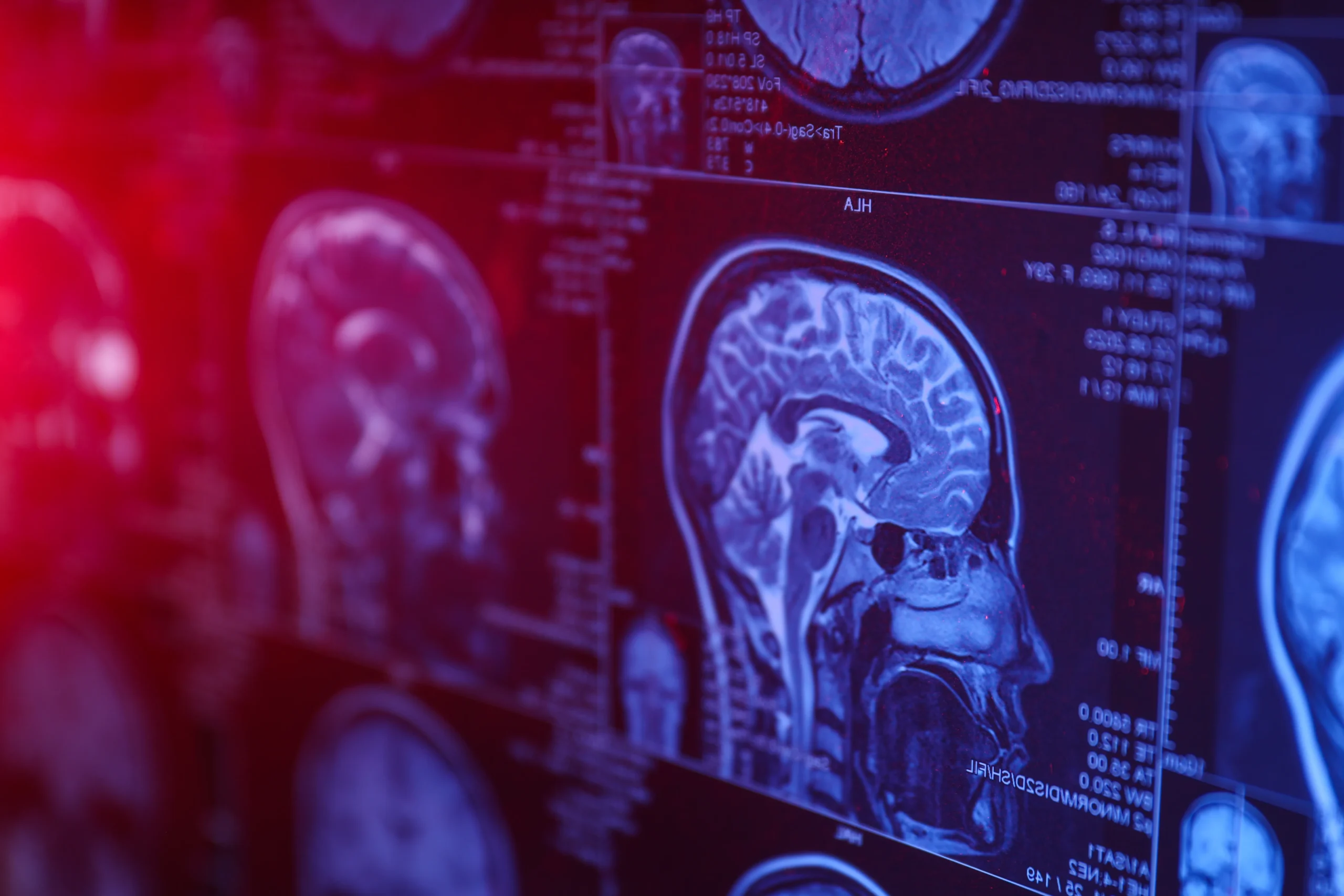The leap from traditional imaging to interactive 3D medical imaging platforms marks a turning point in how professionals across healthcare, education, and legal fields collaborate and communicate. Today’s 3D medical imaging software transforms static data into engaging visuals that drive understanding and speed up decision-making.
The Problem with Flat Images
Historically, interpreting MRI and CT scans required expert knowledge and experience. While effective in clinical diagnostics, these images can be confusing to non-specialists. By contrast, a 3D body scan offers a familiar, hands-on way to engage with the data.
Collaboration Reimagined
Modern imaging platforms are browser-based and collaborative by nature. Specialists can now review a 3D MRI in real time, annotate regions of interest, and share those insights securely. This speeds up interdepartmental coordination and offers an educational edge.
CT MRI Imaging in the Courtroom
Outside the clinical environment, 3D medical imaging has become increasingly useful in legal contexts. CT MRI imaging is often used as supporting visual evidence, and the clarity provided by 3D rendering helps judges, juries, and legal teams grasp anatomical relationships with confidence.
Making the Invisible Visible
One of the unsung benefits of 3D MRI imaging is the clarity it brings to subtle or complex conditions. What used to be represented as a stack of black-and-white images is now a full-color, manipulable digital model.
The Software Behind the Scenes
Medical imaging software now includes features like cloud integration, auto-segmentation, and drag-and-drop workflows. Even those with limited technical training can now explore 3D body scan models with ease.
Moving Forward
As technology evolves, expect more seamless integration between MRI and CT data, smarter rendering tools, and broader applications across industries.
